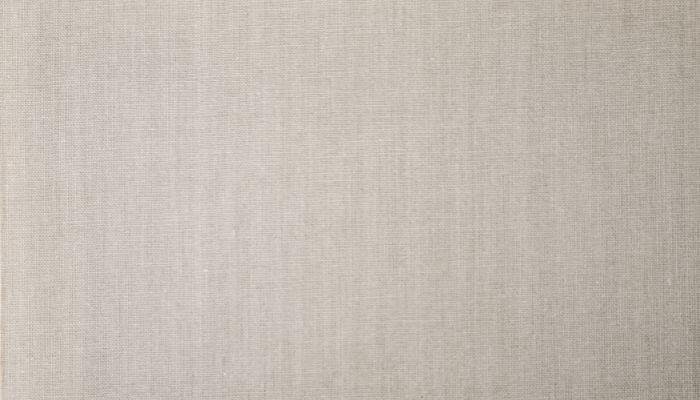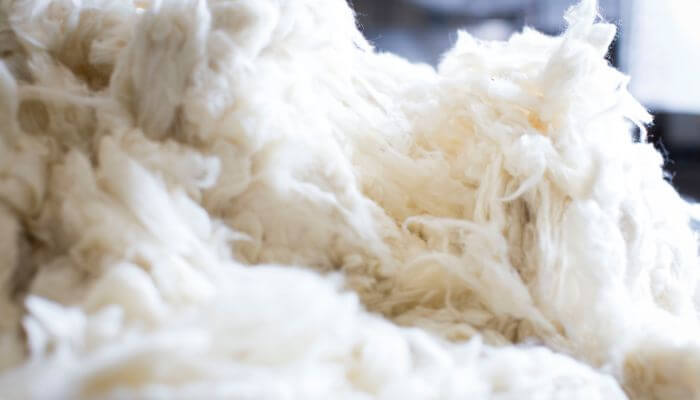6 Eco-friendly fabrics you should know
More and more users are becoming concerned about environmental issues and are increasingly involved in understanding the production and manufacturing process of fabrics and where they end up after use, as some are more harmful to the planet than others.
In this post, we will discuss some of the eco-friendly fabrics and textiles that make the fashion world a bit more sustainable.
Sustainable fashion involves creating clothing using eco-friendly, natural fabrics and processes that do not harm or negatively impact the environment. The type of fabric used to make a T-shirt or any garment determines how much environmental degradation it ultimately causes.
Not only do they pollute, but the materials that make up the fabrics used directly contribute to: water consumption, microplastic pollution, greenhouse gas emissions, soil degradation, rainforest destruction, and, finally, epic-sized waste dumps.
Organic Cotton
Organic cotton is one of the most natural and eco-friendly fabrics available, as it is grown without pesticides or synthetic fertilizers and processed without chemicals. You can find more information about this fabric in our post on organic cotton.
Recycled Cotton
Recycled cotton is produced using post-industrial or post-consumer waste. This fabric is the most sustainable of all and is a way to contribute to textile recycling while maintaining the same qualities as organic cotton.
Recycled cotton helps prevent fashion waste from ending up in landfills. However, certifications and regulations for this fabric are complicated, as it can be challenging to trace the source of recycled cotton.
Hemp
Hemp is another eco-friendly and natural fabric that can be found. It is high-yield, promotes healthy soil (thanks to a process called phytoremediation), and requires much less water than cotton.
Due to its benefits and the difficulty of cultivation, hemp tends to have a higher price than other sustainable organic fabrics.
Linen In terms of sustainability, linen is very similar to hemp, as both are eco-friendly, lightweight, and breathable fabrics. Their growth requires very little fertilizer, pesticide, and irrigation. However, unlike hemp, linen is not as productive.

Bamboo
Bamboo is one of the fastest-growing plants, as it can be harvested without killing the plant, allowing it to regenerate quickly.
Organic bamboo can become one of the most sustainable eco-friendly fabrics, but that doesn't always mean it is. Depending on how it's processed, it could involve chemically intensive processes and all the harmful impacts that come with them.
Organic Wool
Organic wool comes from sheep raised on organic pastures, and its cleaning process is carried out without additives, bleaches, or solvents. This fabric is long-lasting and typically requires fewer chemicals during the processing stage. Additionally, wool fabrics can naturally biodegrade.

Sustainable and ethical fashion starts with the fabric, which is why it's essential to know the material from which our clothing is made if we want to contribute to environmental conservation.
On the bright side, eco-friendly fabrics are easy to find as awareness grows, and more garments are being made with these materials. Brands that use them are making a commitment to a better future for fashion.
That's why, at Oltex, we offer garments made from these eco-friendly fabrics, such as organic cotton, with the aim of contributing to sustainable fashion. Check out our catalog.
OL' YOU NEED IS OLTEX